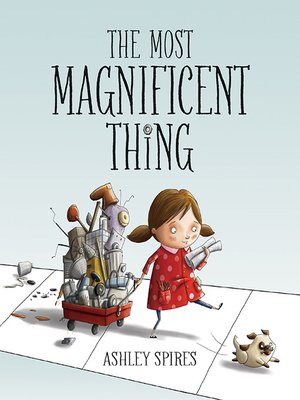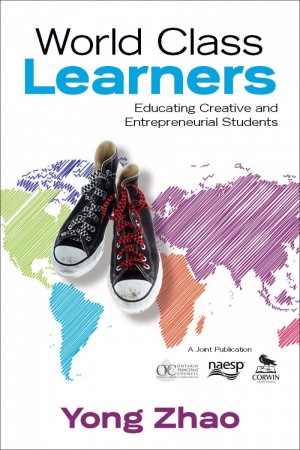K-2 SAT
- Expressed a desire to have a pajama day. They drafted the note that was sent home communicating this.
- As a result of the positive feedback that we received from our pajama day, we are having a red and green color day on the last day of school before winter break. They, also, drafted the note that will be sent home communicating this.
- Planned and announced a chunk of 15-20 minutes where everyone in our school was to stop, drop, and read.
- Requested opportunities to work with the older students in our building. This led to the younger students being paired with older students to assist them in drafting their letters that they were writing to Santa Claus for our local newspaper(s)
- Our goal is to pair all of our classrooms within our school to consistently and regularly allow opportunities for our younger and older students to read and write with each other (much like our kindergarten and fifth grade classes have already been doing)
3-5 SAT
- Creating and planning a YouTube channel. This is definitely a work in progress. (The members of this team will have the option to continue to regularly meet to plan how and what we share to YouTube.) So far, we have added videos of our students competing in an ice cube challenge that took place during our mindset assemblies for students grades two through five and birthday announcements. Going forward we've talked about how we can use this as a platform to enhance how we make our announcements. We've also had initial discussion about how we could use YouTube to provide students the space to share about the books that they are reading.
If you're on YouTube, please subscribe to our channel - - Riverside Elementary - Highland CSD
I think that the most satisfying thing about the work that these Student Advisory Teams have accomplished during our second quarter has been their originality. Going into working with these teams, I was a little worried that they might simply want to duplicate the work of our first teams - plan and run an assembly and/or make some sort of a video. That did not happen. These teams had their own ideas. They had their own very good ideas.






































